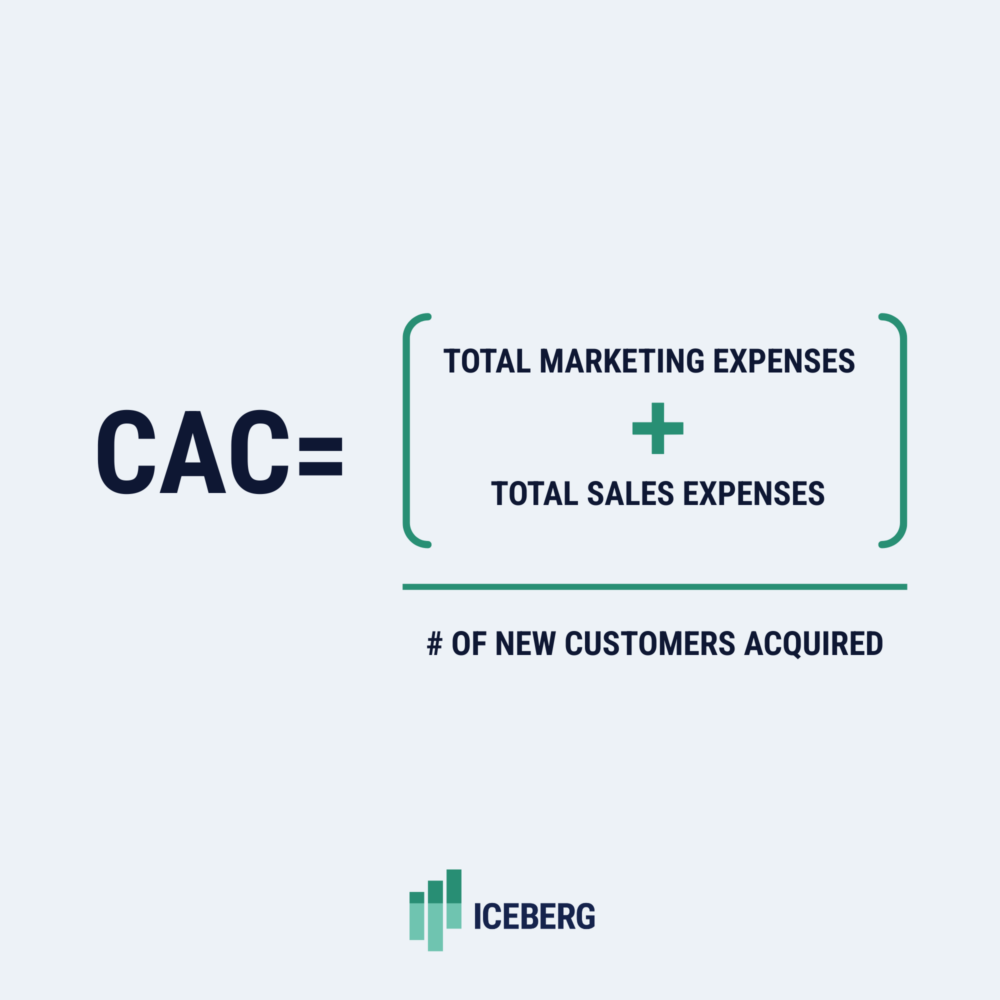Selecting the best key performance indicators (KPIs) for your marketing basically boils down to finding the right KPI template and replicating it for your own business.
Right?
Wrong.
A template can provide a good jumping-off point for choosing the right KPIs for your business. But blindly finding and following a template—even one designed by a respected marketing expert—is a great way to set yourself up to lose the forest for the trees.
A template can’t tell you which KPIs are the right fit for your unique marketing strategy. And a template can’t teach you how to think about KPIs in order to figure that out. All a template can do is offer up a one-size-fits-all suggestion for how to measure operational performance.
But your operations aren’t one-size-fits-all. And in order to optimize your marketing performance, you need KPIs that fit your business.
What are marketing KPIs?
Broadly speaking, KPIs are performance metrics used to track, measure, and report on how well an organization is progressing toward the achievement of principal business objectives. KPIs are essentially the compass used to steer the ship.
Good KPIs will tell marketing leaders which activities and initiatives are meeting or exceeding expectations—and which are not. The ability to draw meaningful insights from trustworthy data is essential for making strategically sound decisions.
Where do marketers go wrong with KPIs?
Knowing how to recognize and avoid common KPI pitfalls can improve your reporting. Here are some of the top missteps to steer clear of while mapping out your marketing KPIs.
1. Failing to define clear and measurable KPIs
A fluffy goal is a useless goal. Each key metric should be clear, measurable, and tied to a specific business outcome. For example, setting a vague goal to ‘improve lead handoff from sales to marketing’ isn’t going to cut it. How will you measure the improvement?
If your progress toward a goal can’t be measured, you won’t know if you’re on the right track. If you can’t tell whether or not you achieved a goal, you may as well never have set one. An effective marketing KPI will tell you how close you are to your goal, and it will tell you when you’ve achieved it.
2. Trying to tie all marketing metrics directly to revenue
It’s hard to draw a straight line from a marketing team’s work to revenue. Too many other variables are also in play. It’s therefore difficult to evaluate or compensate a marketing team member based on overall team performance. With small teams especially, one salesperson or marketing campaign can have an outsized impact on the bottom line.
It’s not essential to tie all marketing metrics directly to revenue. Instead, consider choosing goals like improving a specific, measurable aspect of customer experience or achieving higher conversion rates within your marketing funnel. These are also important business outcomes and can facilitate a cleaner assessment of your team’s contributions.
3. Designating too many metrics as KPIs
It’s essential to designate enough KPIs to obtain a full picture of your marketing performance. But there comes a point where ‘enough’ becomes ‘too much.’ In a well-meaning attempt to cover the full funnel, it’s easy to err on the side of selecting too many metrics as KPIs.
Setting too many KPIs can backfire. Redundancy tends to creep in. Multiple metrics get tied to the same outcome, and it’s difficult to tell what had the most impact. Your team is pulled in too many different directions. People begin to cherry-pick what to focus on. And it becomes a lot harder to make the right decisions.
4. Choosing KPIs that don’t fit the business
It’s a common and easy misstep to choose KPIs without putting any real thought into KPI-business fit. Don’t choose marketing KPIs just because they’re popular. Don’t choose KPIs because your mentor or friend recommended them. And don’t choose KPIs because some guru put them in a fancy template.
Just because a KPI works well for someone doesn’t automatically mean it’s right for everyone. Think strategically. Know your business. And take care to choose KPIs that ideally fit your specific context.
What should be in your marketing KPI dashboard?
You’ve got your strategic thinking hat on, you know your business well, and you’re ready to move forward (sans template). Where should you begin when setting KPIs?
It’s essential to first define your company-level goals and objectives. With a clear endgame in mind, you can think through how to measure your progress. Next, you can decide which metrics make the most sense and think about framing KPIs in the broader context of a system of canonical reports and dashboards.
Here are several metrics you can use as a starting point when selecting your marketing KPIs. This is not an exhaustive list, nor is every metric on it necessarily right for you. You’ll notice we’re not using any common but undefined terms like marketing qualified lead (MQL) or sales accepted lead (SAL) here. You’ll need to insert the steps in your unique funnel. Use what fits, add in what’s missing, and discard anything that’s left.
ROAS
Return on Ad Spend. This is a critical metric for any marketing program that spends money on ads like Facebook or LinkedIn.
Use this guide to calculate ROAS
ROI
Return on Investment. Another critical metric, this is where marketing and operations teams should be focused when asking for more resources from executives.
Use this guide to calculate ROI.
CAC
Customer Acquisition Cost is simply how much it costs you to acquire a new customer. This number can help you determine if you need to cut costs or step on the proverbial gas by spending more money on marketing.

Top of funnel growth
Many companies have an evergreen KPI related to top-of-funnel growth, which often starts with web visits. For example, visits should increase by 20% per quarter for the next year.
Global conversion rates
Starting from the top of your funnel, how well does your funnel convert prospective buyers? You’ll want to cohort this data; otherwise, you’ll end up with numbers that don’t accurately represent how your funnel converts and whether your conversion rates are changing.
Conversion rate by segment (i.e. visits to finish line)
It’s important to strike a balance here. You don’t want conversion rates for demo requests (high intent) mixed in with white paper downloads (low intent), so you need to break your funnel into meaningful segments. However, it’s easy to get too granular and end up with data that isn’t actionable. The sweet spot is often 3 or 4 segments.
- Calculating conversion rates. In general, conversion rates can be calculated by dividing the number of desired actions (e.g. demos booked) by the total number of interactions, multiplied by 100.
Sales growth per period
For some companies, this will be a specific subset of sales, like revenue tied to inbound leads or specific marketing campaigns. For those practicing account-based GTM strategies, this may be all revenue.
Selecting the right marketing KPIs for your organization
Don’t default to using what’s popular, or defer to a template that wasn’t created for your business. Focus first on learning to think strategically about KPIs before you invest time and effort into deciding which ones to use.
Are you struggling to choose the right KPIs to measure your marketing performance? Iceberg can partner with you to strategically select KPIs that fit your business and set up the right reporting systems to effectively track them.
Contact us to learn more about how we can help you get the data you need to drive exceptional marketing outcomes.


